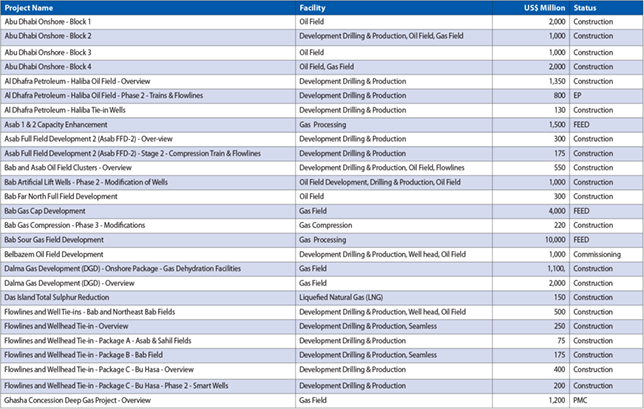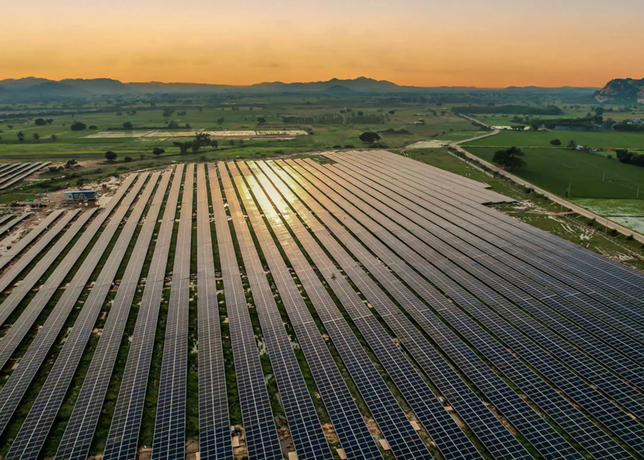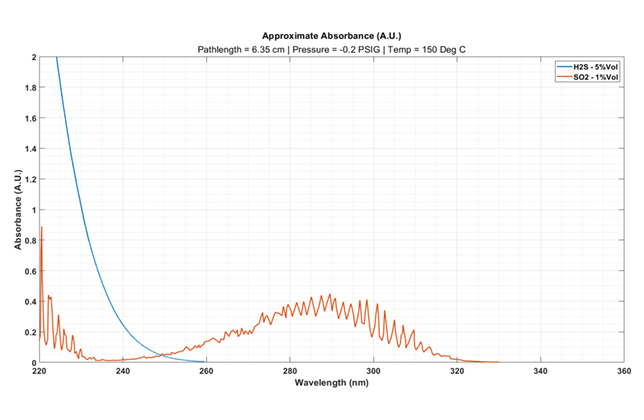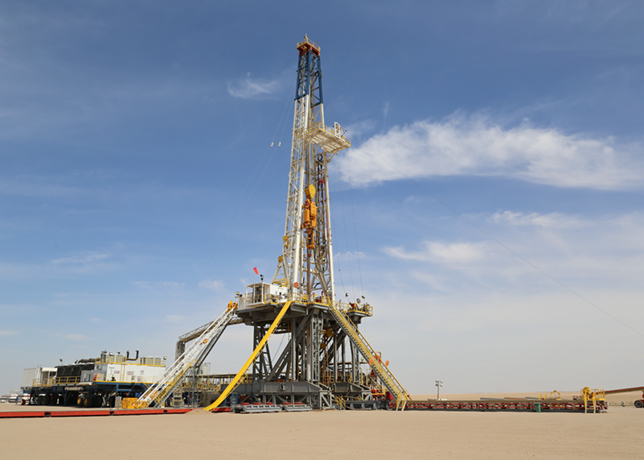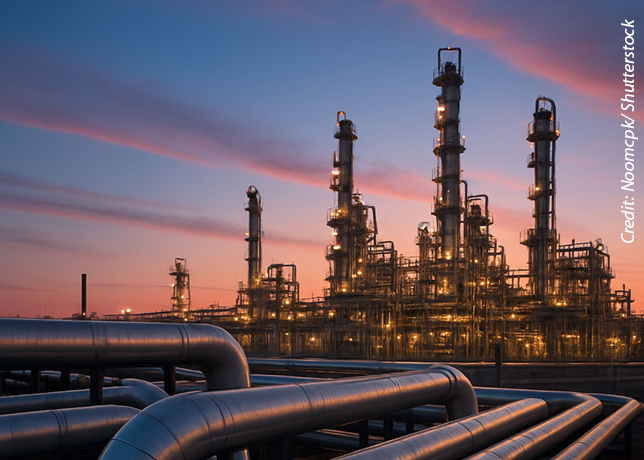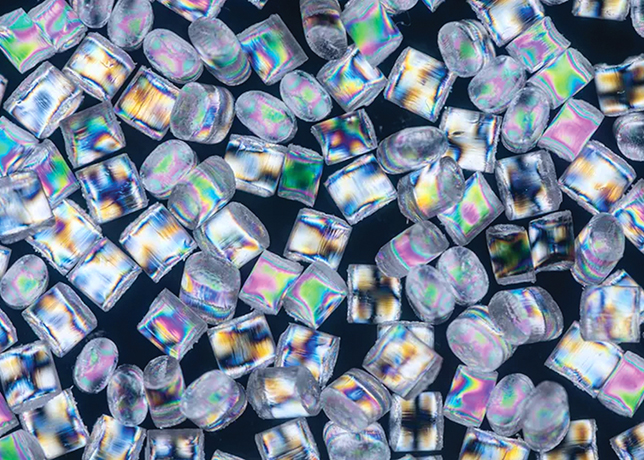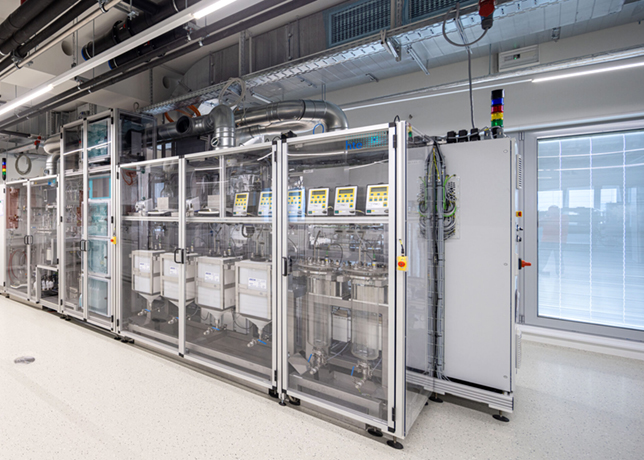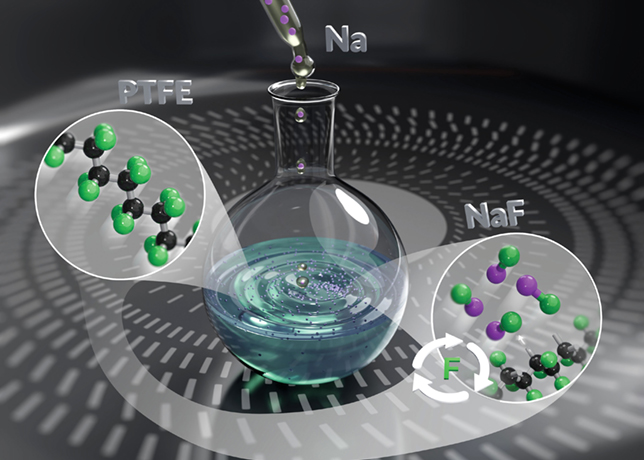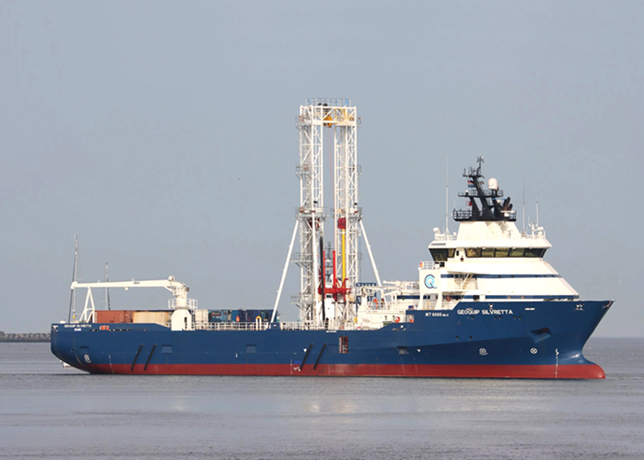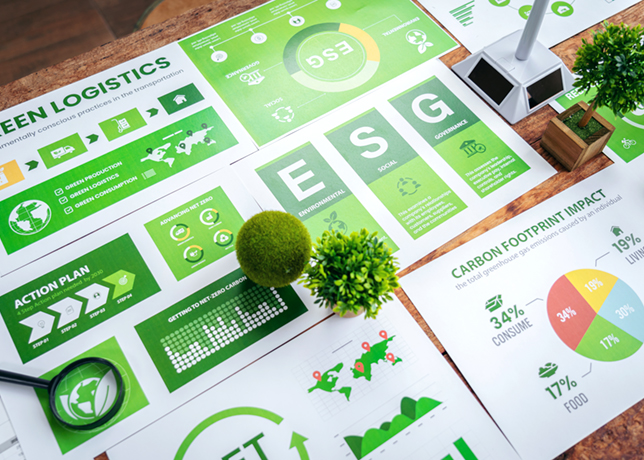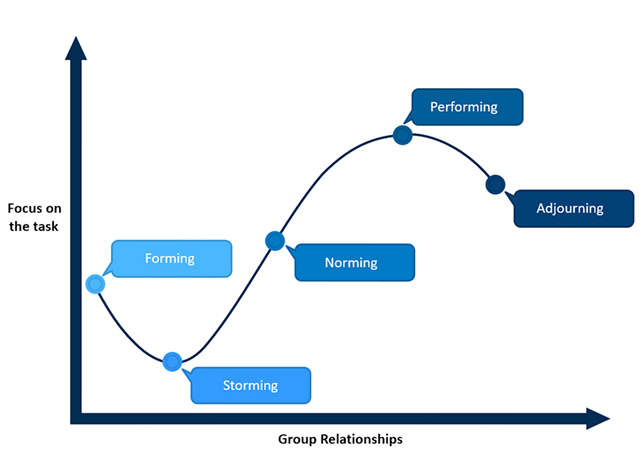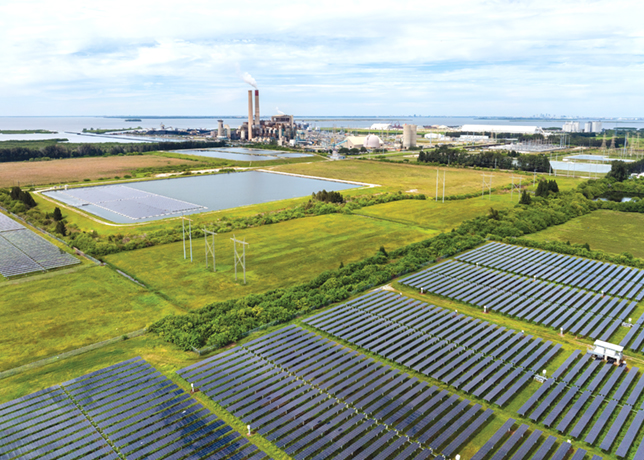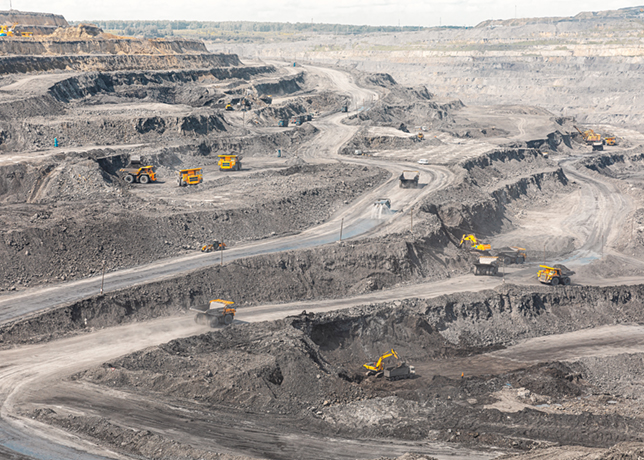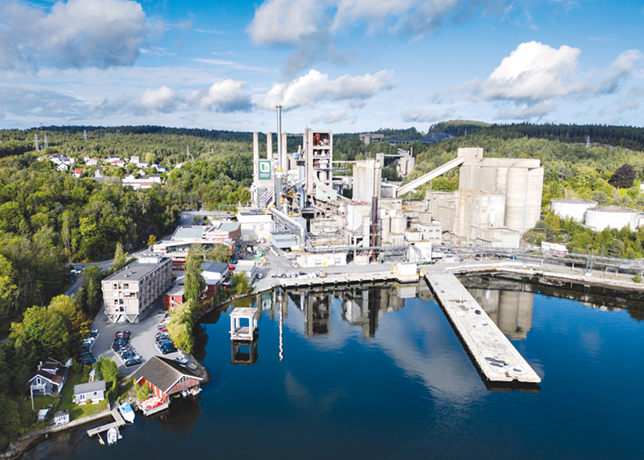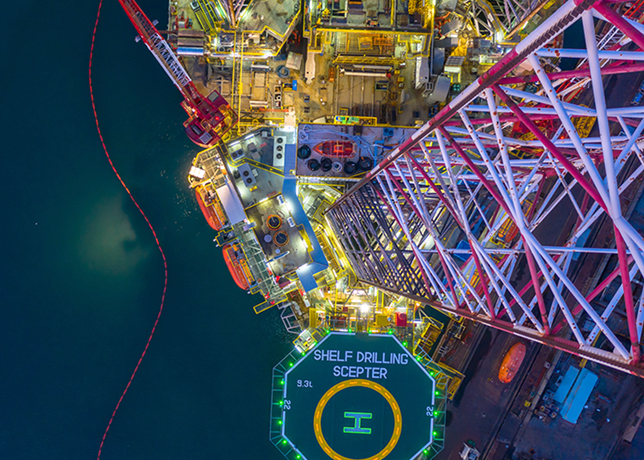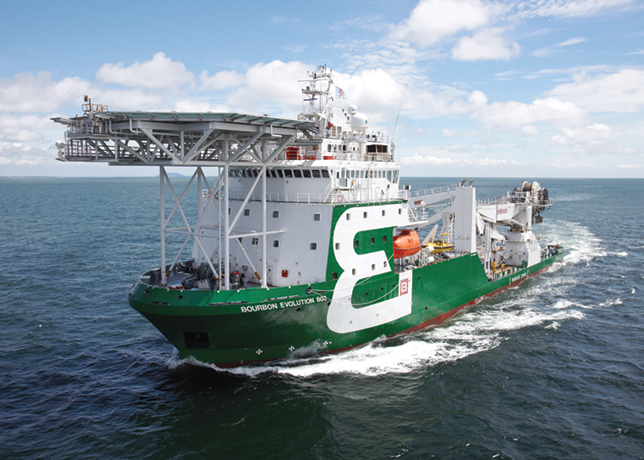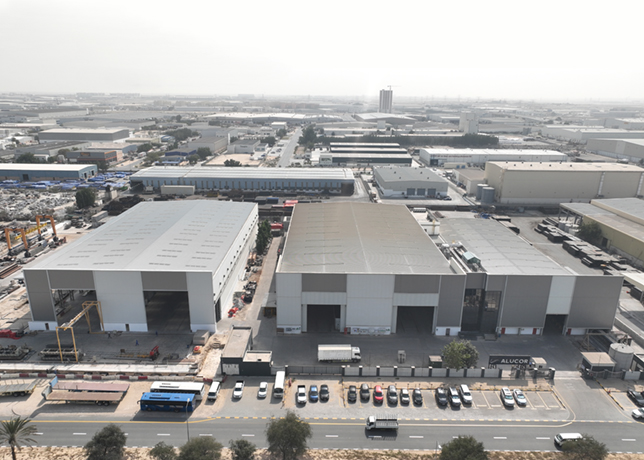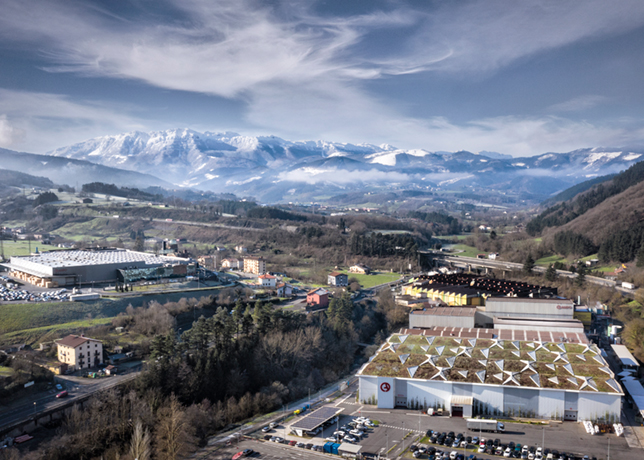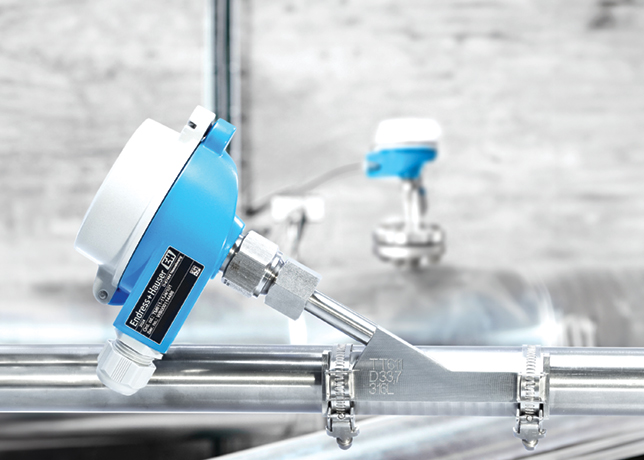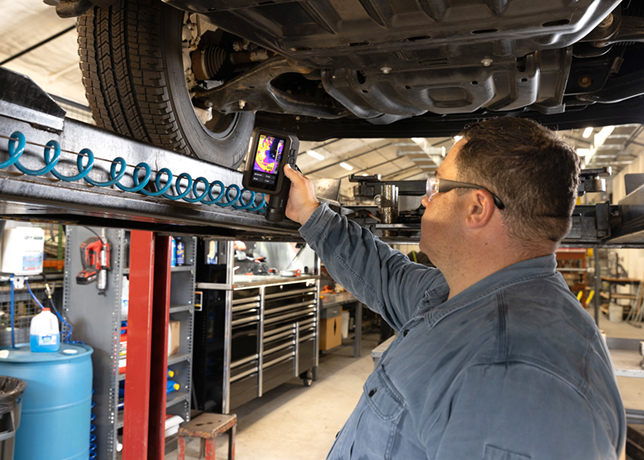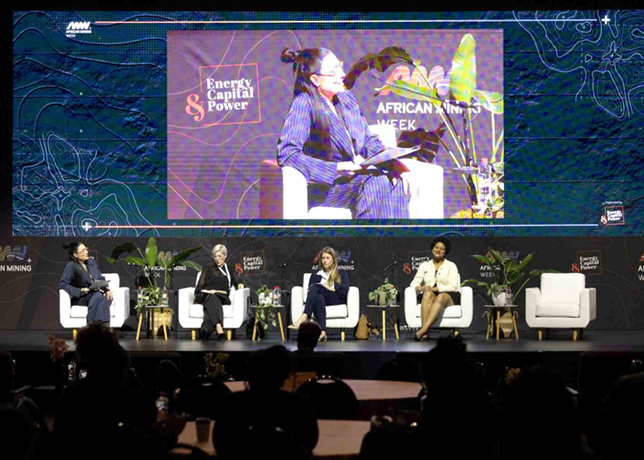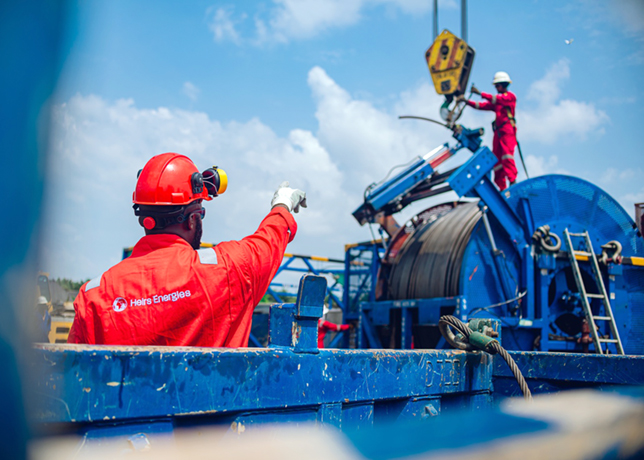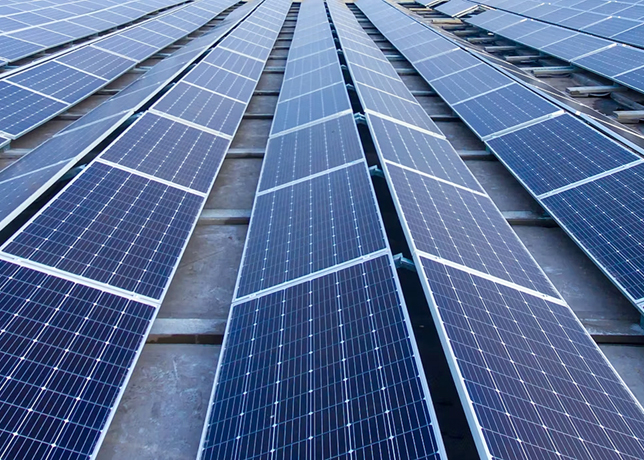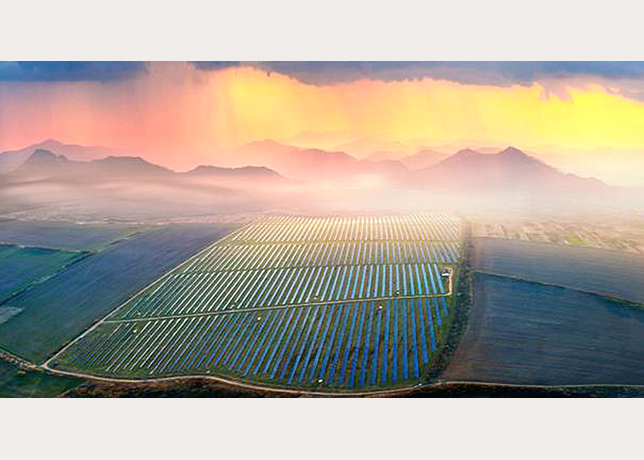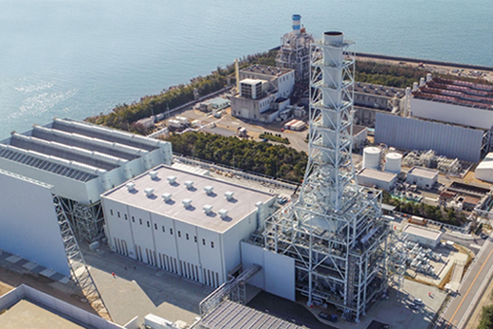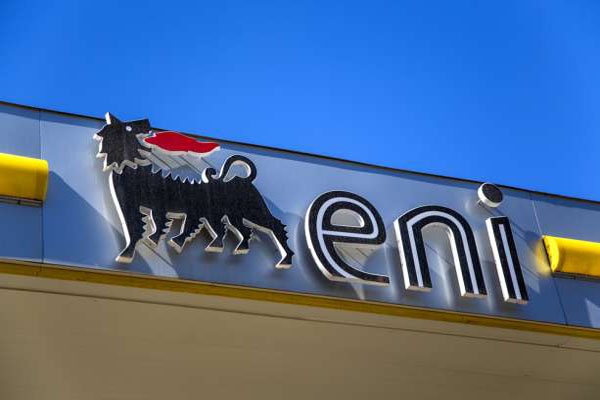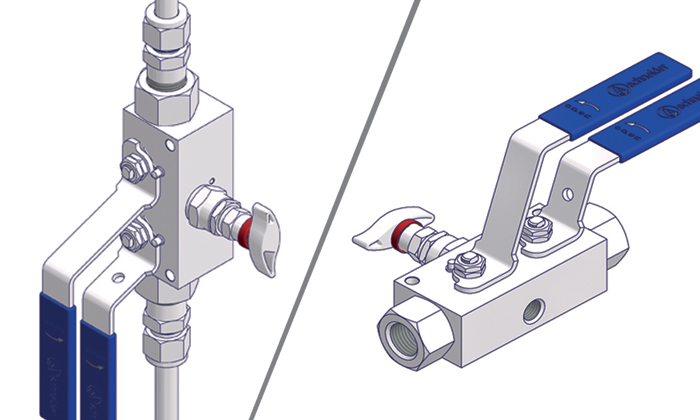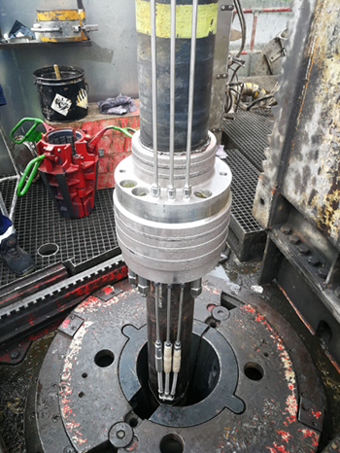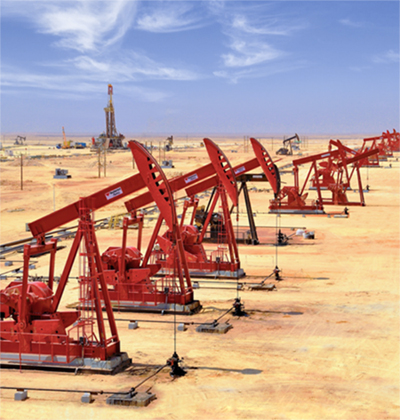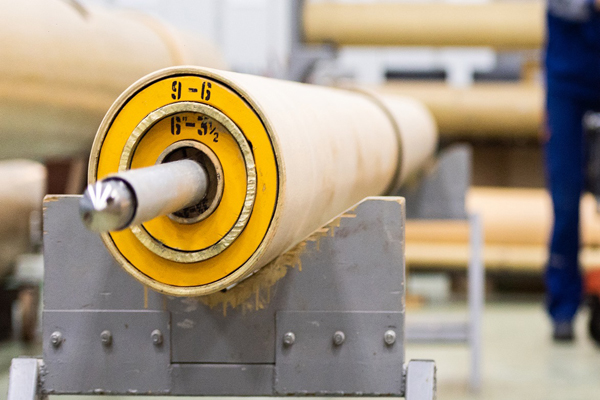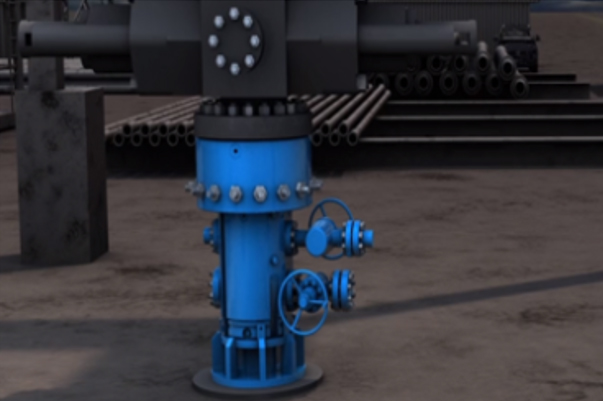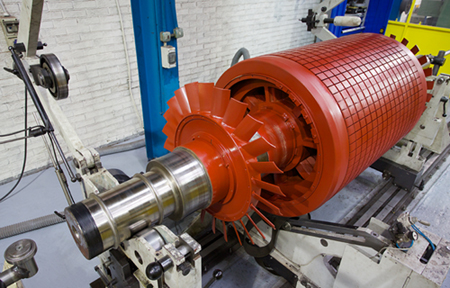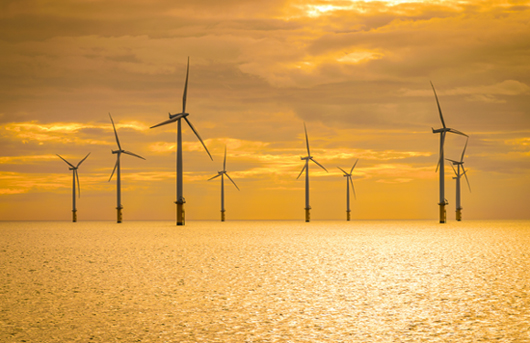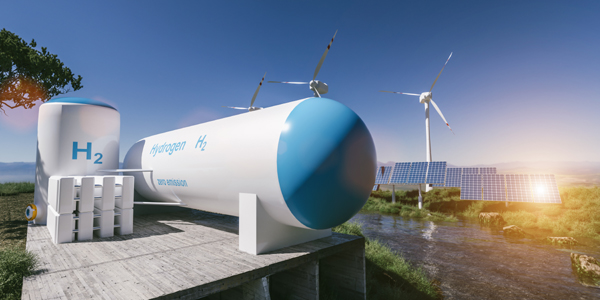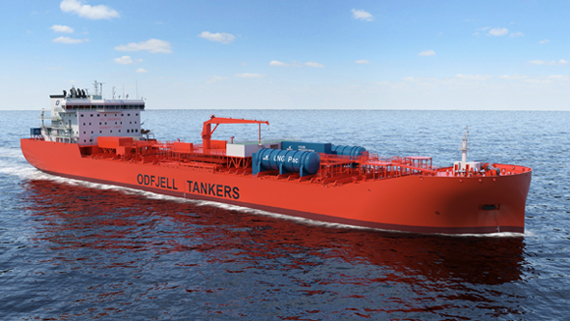
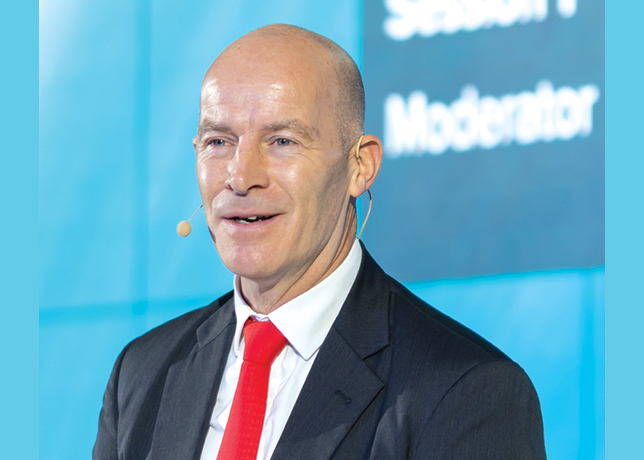 Frank Wouters
Frank Wouters
Despite the exponential growth of green electricity and battery storage, molecules are required for a functional energy system; but we must cut the emissions associated with them, Frank Wouters tells OGN
Molecules dominate our energy system. We use both molecules and electrons as the energy carriers that make the world go round, as well as us go around the world.
Due to rampant climate change, however, mankind must urgently reduce emissions, primarily from the combustion of hydrocarbon molecules in engines, power plants, homes and factories.
"In response to this need, over the last couple of decades, we have developed cost-effective technologies that harness energy that is abundant on our planet, namely sunlight, wind, water, biomass and heat from the earth’s core, resulting in a changing energy mix that is slowly tipping toward clean energy," Frank Wouters, Chairman Advisory Board, Dii Desert Energy, tells OGN energy magazine.
According to the International Renewable Energy Agency (Irena), annual renewable energy capacity additions have outpaced hydrocarbon or nuclear power capacity additions for more than ten years. In 2024, more than 90 per cent of new capacity was renewable.
This meteoric rise of renewables has made it a fundamental aspect of the energy transition, fueling increased electricity demand, which grew twice as fast as total energy demand in 2024, according to the International Energy Agency (IEA).
Some people dream of an all-electric future, where everything we do or operate is powered by electricity.
This electricity would be endless and clean, generated by solar panels and wind turbines, stored in batteries and pumped hydro systems, and transported through wires, some even spanning the entire earth.
As lovely as that dream is, the reality is that most global energy scenarios suggest that by 2050, approximately 50 per cent of final energy consumption will be electricity, with the remaining 50 per cent still relying on molecules.
The main reason is that bulk transport and storage of molecules is much cheaper than transporting and storing electrons.
HOW INTEGRAL IS STORAGE TO ENERGY SECURITY?
While the cost of energy production can continue to drop, the challenges presented by energy storage are more intractable.
Energy storage is an often-overlooked aspect of a robust, secure and cost-effective energy system. Why do we need energy storage?
Firstly, to balance supply and demand. Often, there is a mismatch between the constant production of fossil fuels and the seasonal variation in energy demand.
For instance, in moderate climates, energy demand for heating and lighting increases during the winter. To manage this imbalance, energy is stored.
Secondly, we want energy security. Strategic energy reserves are essential for ensuring energy security and reducing price shocks.
Lastly, storage is an integral element of energy trade. By purchasing fossil fuels when prices are low and storing them, traders and operators can sell them at higher prices later, thus capitalising on price fluctuations.
These drivers for storage will not change in the future, and energy storage will remain a crucial element of our energy system.
As Dii Desert Energy unveiled in its landmark study last year, more than 20 per cent of all molecules that we consume in a year are being stored, adding up to a staggering 30,000 TWh of stored molecules. This is three times more than the European Union’s (EU) final energy demand in a year.
To store electricity at grid-scale, around 10 TWh of it is being stored either in pumped-hydro or electrochemical batteries.
This means that 3,000 times more energy is being stored in molecules than in electrons.
Batteries are growing exponentially and will, according to the IEA, outstrip pumped hydro to become the main technology for storing electricity directly.
According to our projections, to achieve IRENA’s 2050 net-zero 1.5 deg C pathway, the world would need 18,000 TWh stored (clean) molecules and 34 TWh electricity storage, mostly in the form of batteries.
So, in a clean energy future without emissions, we still require 500 times more molecules in storage than we will store in batteries.
WHAT THE FUTURE OF MOLECULES LOOKS LIKE
Let’s now fast forward to when most hydrocarbons are replaced by clean molecules.
In this scenario, traditional energy importers, such as the EU and Japan, have recognised they will remain energy importers, despite the ability to locally produce renewable electrons and molecules.
The reasons are simple: They do not have enough space to produce the energy and it is cheaper to import a chunk of the demand.
Traditional energy exporters from the region, such as the UAE and KSA, but also newcomers, such as Morocco and Egypt, are blessed with low-cost land and excellent solar and wind resources and are well-positioned to produce clean molecules for future world markets.
For importers, their import dependency requires strategic energy reserves.
And with large trade flows come storage volumes, like we have now.
Additionally, given the variable resource of solar and wind, which fluctuates daily but also over seasons, the requirements for energy storage to balance supply and demand will increase in the future.
This is where global collaboration becomes essential.
Events like ADIPEC, the world’s largest energy conference taking place in Abu Dhabi in November 2025, play a pivotal role in convening the wider energy industry to advance technologies and strategies that enable the production of clean molecules and the reduction of emissions from hydrocarbon molecule use.
ADIPEC serves as a platform for innovation, policy dialogue, and strategic partnerships that are critical to accelerating energy transformation.
What does this all mean? Despite the unstoppable and exponential growth of green electricity and battery storage, molecules are required for a functional, secure and cost-effective energy system.
But we must cut the emissions associated with the molecules.
There are several solutions available that achieve that, like green hydrogen and its derivatives made from sunshine, wind and water, which can replace hydrocarbons in all applications.
Or, if we continue burning hydrocarbons, we must capture the emissions and make sure these are not released into the atmosphere.
There is no other way to secure our energy future without emissions.
In the race toward net-zero, it’s tempting to focus solely on electrons – clean, efficient, and increasingly abundant.
But molecules, especially clean ones like green hydrogen and its derivatives, will remain indispensable.
They offer unmatched advantages in storage, transport, and industrial applications that electrons alone cannot fulfil.
As we build the infrastructure for a decarbonised world, we must embrace a dual-path strategy: Electrify wherever possible, and decarbonise molecules wherever necessary.
Only by recognising the complementary roles of electrons and molecules can we create a resilient, secure, and truly sustainable energy system.
BY Abdulaziz Khattak



